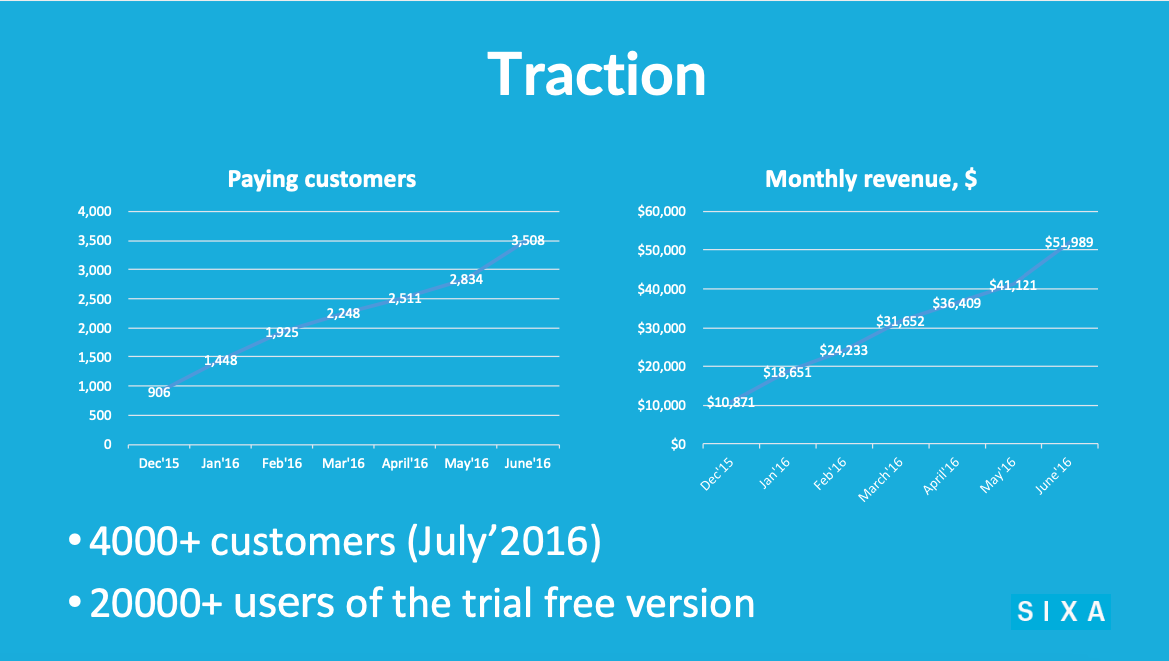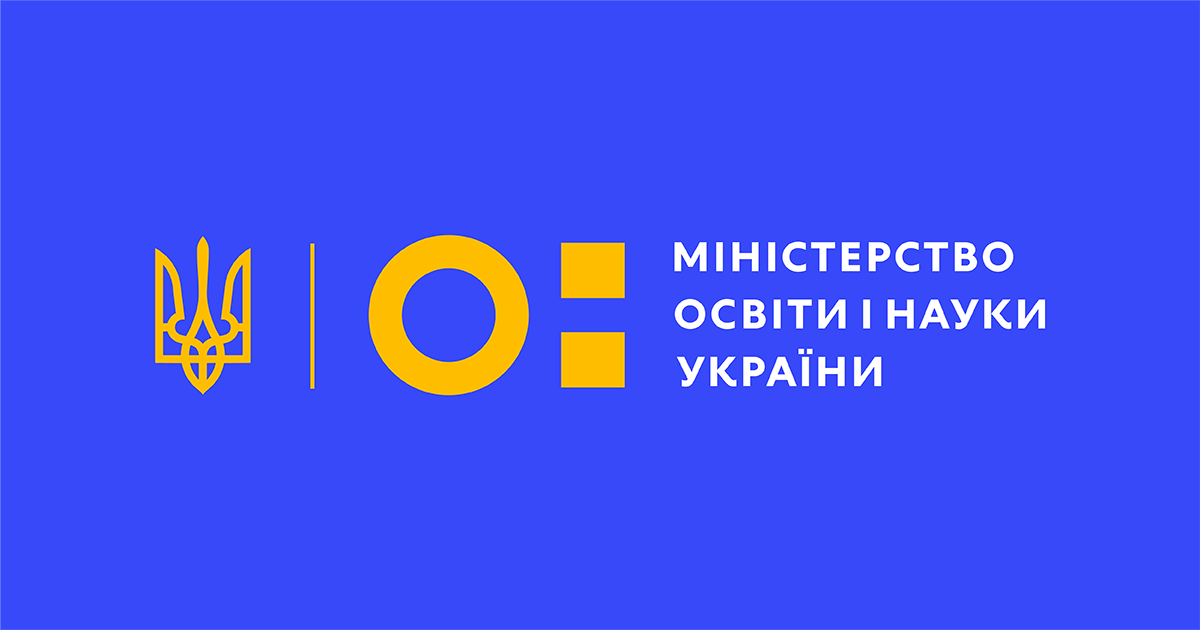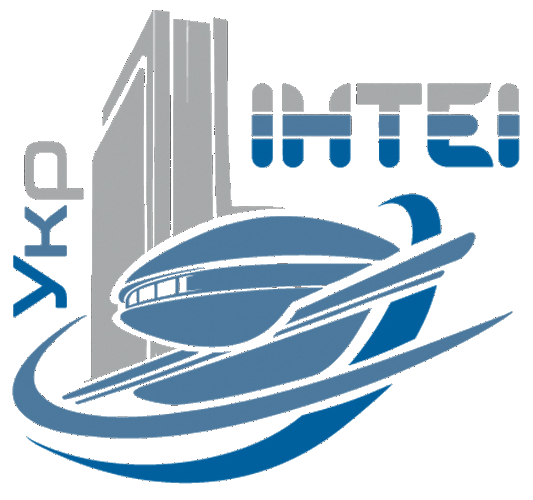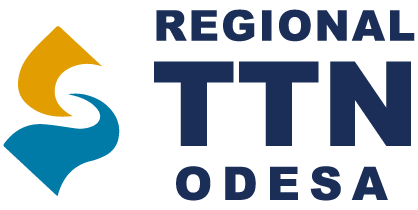Ukrainian Ostap Bender: Sixa startup attracted $ 5 million investment … and disappeared
For a couple of years, Ukrainian startup Sixa managed to go through acceleration at Y Combinator, attract $ 5 million of investments from eminent funds, present three ambitious products and … disappear.
In 2020, when asked by the AIN.UA editorial staff about the success of a promising startup, Sixa investors were reluctant to admit that there was no connection with the company, the startup was gone. As, apparently, and their investments. One of the investors with undisguised anger called the founder Mykola Minchenko “Ukrainian Ostap Bender”.
Investors who do not know about each other, products on paper and 2 vessels in the USA – this is what the AIN.UA editor found during the investigation of probably the most impressive scam in the history of Ukrainian IT entrepreneurship.
What is Sixa
The first mention of Sixa dates back to 2015. At that time, the company offered a revolutionary (not quite – ed.) solution – a cloud computer.
“In essence, Sixa is a full-fledged powerful computer in the form of an application that supports various devices and provides the most demanding tasks”, – said Kateryna Kondrunina, at that time COO startup.
The idea of Sixa was to give users access to a powerful virtual computer that will allow you to use heavy programs on the old hardware. For example, VR games or shells for complex engineering calculations that were previously impossible to install or use due to hardware limitations.

“You cannot buy a supercomputer for yourself, but renting it is another matter. Against the backdrop of the growth of VR, which just requires powerful hardware, investors fell in love with the project”, – says one of Sixa investors on the condition of anonymity.
With this decision, the team went to the famous American accelerator Y Combinator and received $ 120,000 from it. Sixa had investments earlier, but it was this success in the main startup accelerator in the world that was indicative for many: Sixa became a goal for investors. Y Combinator did not respond to AIN.UA request.

By 2016, the Sixa cloud platform has been available in beta for 15,000 developers for several months now, with tariffs of $ 49-59 / month. And for registration, according to Sixa executives, people continue to line up.

In 2017, a startup suddenly goes to the media with a new product. A new wave of hype is unfolding in Silicon Valley around virtual reality technologies. And Sixa introduces the Rivvr – a VR helmet like the Oculus Rift and HTC Vive – wireless and with minimal latency.

TechCrunch journalist Lucas Matney praises the product in a helmet review, although it notes that video transmission is sometimes unstable. The news of getting rid of wires enthralls VR fans. The pre-order for Rivvr has been launched since January 2017. The first batch is only 4000 devices. Two models are available: Rivvr Lite for $ 200, and Rivvr Plus for $ 250.
A year later, in the spring of 2018, during the peak of hype around blockchain and cryptocurrencies, Sixa announces another spinoff – its own blockchain and ICO. Under his announcement, Sixa attracts several more relatively small investments from small funds and angels, as AIN.UA learned from its own sources.
So, in 2018, Sixa is working on three products: a cloud-based supercomputer in beta, a helmet on pre-order, and a blockchain in development. Sixa has more than $ 4 million in investments from Ukraine, Russia and Silicon Valley. Largest Rounds:
- $ 3.5 million from Tandem,
- $ 500,000 from u.ventures,
- $ 400,000 from Digital Future,
- $ 300,000 from TMT.
Investors are charged with success and are doing everything possible to strengthen the asset. As they themselves claim, at first the project sent all reports on time and was constantly in touch.

Virtual vs real reality
Then the reports began to arrive with great delays, and the main person in the startup – his co-founder and CEO Mykola Minchenko – disappeared for a long time and did not answer letters and calls.
One of the investors indicates that he tried in every possible way to get access to the product, but received a refusal from Minchenko: access, supposedly, in the order of a live queue, and you are at its very end.
Another investor, having scanned Facebook and LinkedIn, concluded that Sixa had no employees. Although Minchenko claimed that the startup had about 20 developers in Odesa, plus employees in the US and Asia.
Suddenly, Tandem Capital, Sixa’s largest investor, withdraws half of its $ 3.5 million investment.
“In response to investor concerns about the reasons for withdrawing Tandem’s $ 1.7 million investment as the lead investor of the round, Minchenko said that Chinese corporation HTC (including HTC Vive VR helmets – ed.) expressed interest in buying Sixa. And although everything was clearly going wrong, this answer suited everyone”, – says one of the investors. “He simply blew away the current and potential investors, who in their minds already considered the multipliers of the next rounds instead of conducting due diligence and auditing”.
As an example, an investment of $ 300,000 from TMT Investments in 2019 was estimated at $ 900,000.
Each time, Minchenko showed investors only a demo of the product, and only from his computer, flaunting non-existent agreements with relevant giants: Intel wanted to buy Sixa, then HTC to license Rivvr, ASUS and HP were also mentioned. However, Minchenko allegedly did not want to sell the company – he saw the potential of a unicorn in Sixa: the startup’s MRR (according to him – ed.) was under $ 2 million.

Many investors bought the tricks of the CEO, who was always in a hurry: meetings, trips, negotiations … Unlike Tandem, who invested in Sixa under the Convertible Loan agreement, most invested in Sixa in a hurry and under SAFE (Standard Agreement for Future Equity) – right shares in the next round or deal, without special tools to protect money. Why not? SAFE was in fashion in the early stages for promising startups, a couple of hundred thousand dollars is not so much, while the competition among investors for such startups is crazy.
As part of SAFE, investors also lack information rights – they cannot demand to report and make legal claims if it is absent. And this is exactly what was needed.
Spinoffs looked no better. The Rivvr helmet constantly carried over the delivery date. Initially, customers were promised to deliver the device in May 2017. Then the shipping date was shifted to July, then October, then March, then April 2018. In one of the newsletters, Rivvr explained that the first batch allegedly ended up with defective batteries, so the company was forced to withdraw it and postpone the release until it found a new manufacturer.
From comments on Reddit:
“I can’t resist the feeling that this whole project is nothing but a fraud. They made a stylish page, then invested your money in a CDS (credit default swap – ed.) or the stock market, or other shit for as long as possible, making a refund on request so that no one would suspect anything, but when they reached the point of no return, they made a refund all … to re-launch pre-orders, and all in a new way”.
There was simply no news about the ICO. An interesting detail: the funding went directly to Minchenko’s bitcoin wallet, there is no information about this on Crunchbase or any other site. However, the wallet is still active.
Rabbit disappears
According to AIN.UA, Sixa has more than a dozen investors. These are 9 funds (Tandem, u.ventures, Digital Future, TMT, Gagarin Capital and others) and at least 4 angels. It is investors who are the victims of history. Almost all the money the startup attracted has disappeared. However, only two of them responded to AIN.UA’s request for Sixa. The head of Digital Future Aleksey Witchenko replied that “contact with the company has been lost” and asked to be kept informed.
“We believe that in the development of the situation with this project there are signs similar to fraud. Anyway, at the moment it looks like this. So now we are talking with lawyers who work with courts and law enforcement agencies to investigate the situation and the possibility of a refund”, – said Artem Inyutin, co-founder and managing partner of TMT Investments:
“This is a rare case of strange and, apparently, dishonest management behavior, this is the first such case out of 50 projects we have invested. Therefore, we wrote off this investment in our portfolio. And, of course, we take all possible actions to return the invested amount”.

According to the comments of investors who wished to maintain anonymity, Minchenko could for months ignore letters from investors, refuse to meet under fantastic pretexts: either relatives died and an urgent need to fly to the funeral, then he went to the hospital, then flew to China and there was no Internet. Reports sent in PDF, and, as noted by sources, they were frankly fabricated.
This relationship ended in the same way for everyone – at some point Minchenko simply disappeared forever.
Court. Secret million
Recall that in 2017, Sixa already had $ 4 million in public investments. However, this is not all the money that Mykola Minchenko managed to attract. Another million dollars of financing did not get into the media. But he entered the register of court decisions of the United States.
On March 13, 2020, the California District Court registered a complaint by the British holding Innes Wordwide Holdings against Sixa and specifically Mykola Minchenko. The statement of claim says that in 2018, Minchenko turned to Innes with a proposal to invest $ 1 million in his startup. He guaranteed to investors that the project would start generating profits after 18 months from the date of the transaction.
The agreement was signed on December 21, 2019: Minchenko received $ 1 million in Convertible Promissory Note at 3% per annum, and Innes received sixa commitments to regularly report on business achievements. Further history repeats itself.
At first, Minchenko somehow answered the letters of the investor, but gradually the answers began to come less and less, and the delays became longer. Minchenko did not file business reports under various pretexts: either the accountant became ill, then became pregnant, sometimes both at the same time. Minchenko himself was also constantly “sick” and could not respond to Innes requests. In the summer of 2019, the investor’s relationship with Minchenko finally broke.
Soon Innes discovered that the information that Minchenko provided at the stage of attracting investment was untrue. In particular, in his presentation, he argued that Sixa had agreed to partner with major game developers from Korea and China. He also stated that Sixa already had 50,000 customers. Both of them, according to Innes, was a lie.
Court. Sixa vs Minchenko
In July 2019, Sixa Operations LLC, represented by its sole manager Nazar Banit, filed a lawsuit against Mykola Minchenko, CEO of Sixa Inc.

According to the plaintiff’s testimony (from the documents that fell into the possession of AIN.UA), on May 10, 2019, Minchenko borrowed $ 2 million from Sixa Operation to finance his business with Sixa Inc., which was supposed to return May 31 + 1% per annum.
Here it is necessary to clarify that Sixa Operations LLC and Sixa Inc. – different companies with different founders. Sixa Operations LLC was originally founded specifically to provide operational services to Sixa Inc. Mykola Minchenko. This is stated in the statement of claim:
“In fact, Respondent was formed (and named “Sixa Operations”) because it intended to work with Respondent Sixa Inc. and provide him with some operational services. As described below, this did not work out, as it is clear that Sixa Inc. Defendant was a cheater”.
In fact, Banit founded the company under a key client – Minchenko (as Foxconn makes smartphones for Apple). He hoped to continue serving Sixa and even called his company a similar name – Sixa Operations. But before the real cooperation began, the key client (Minchenko) needed money. And he borrowed them from the contractor (Banit).
Nazar Banit transferred the money to Mykola Minchenko in several tranches. According to Banita, he immediately converted them into cryptocurrency for personal use, after which he left the United States.
According to the plaintiff, after he filed a lawsuit, Minchenko began to threaten that he would accuse Sixa Operations of illegal activities and even set bandits on Banit if he did not withdraw the lawsuit.
Therefore, the plaintiff claimed another $ 2 million plus costs. Thus, the amount of claims against Minchenko exceeds $ 4 million.
What the company says

The editors could not contact any of the founders – immigrants from Odesa – Mykola Minchenko (CEO) and Evgeny Nechaev (STO).
Minchenko deleted his Facebook account, part of the data from LinkedIn does not answer calls and messages. None of the investors surveyed by AIN.UA know where he is now. The Bitcoinwednesday founder’s profile says that before Sixa, Minchenko worked in the Russian division of British Petroleum, was the co-founder of the SaaS startup Almareks, which was bought by Motorola, and also one of the developers of the revolutionary Android communications application for the Ukrainian army in 2014. Confirm or refute these facts AIN.UA failed.
Nechaev – published a resume, he is in search of projects. His LinkedIn profile says he left the company in January 2020.
COO of the company 2016-2017 Kateryna Kondrunina answered succinctly: “Not in the know. I’ve been there for a long time and live in another country”. The interlocutors of AIN.UA noted that at first, it was Kateryna who sent reports to investors, which, apparently, were fake.
Only Sixa subcontractor Andriy Volovik was found from the team for product design (the project is listed on his LinkedIn profile). However, according to him, he worked with a startup only a couple of months in 2016 – during the passage of acceleration in Y Combinator.
What now
According to AIN.UA estimates, in addition to $ 4.06 million of publicly announced investments and $ 1 million from Innes Worldwide Holdings, Minchenko raised another $ 1.4 million from various investors from 2015 to 2019 (these transactions are not public and have not been announced anywhere).
Thus, even after deducting $ 1.7 million from Tandem, Sixa CEO received almost $ 5 million of investments. And Minchenko personally borrowed another $ 2 million.
Minchenko does not appear at the courts in the USA. At an address in California (which is indicated on his driver’s license), he has not lived for more than a year. The company that Minchenko registered in Delaware has not paid taxes or filed reports since 2018. Accumulated Sixa Tax Debt – Over $ 400,000.

At the same time, Sixa did not declare bankruptcy; in the Crunchbase database, the startup is listed as active, although most likely it never worked. And yet – no public references to the fact that its founder is suspected of fraud. Perhaps right now, Mykola Minchenko is attracting another round of investment to his new revolutionary idea.
How did it happen?
In a conversation with AIN.UA, some investors mentioned that the last time they heard the news from a startup in 2019, someone said vaguely “a couple of months ago they got something” or “we suspect that the startup has problems”.
In response to the question of why due diligence and, subsequently, audits were not carried out, investors blame the dizzying PR, success in Y Combinator, whose expertise cannot be “not trusted” and shop floor competition for startups. But why no one was following the project, in other words – their money, which for 5 years had not given birth to the promised unicorn – no one could explain.
In Ukraine, CEO Sixa has no problems: no courts, no investigations. And judging by the fact that some local investors lost contact with him back in 2019 and took no action – and there won’t be.
Source: ain.ua











